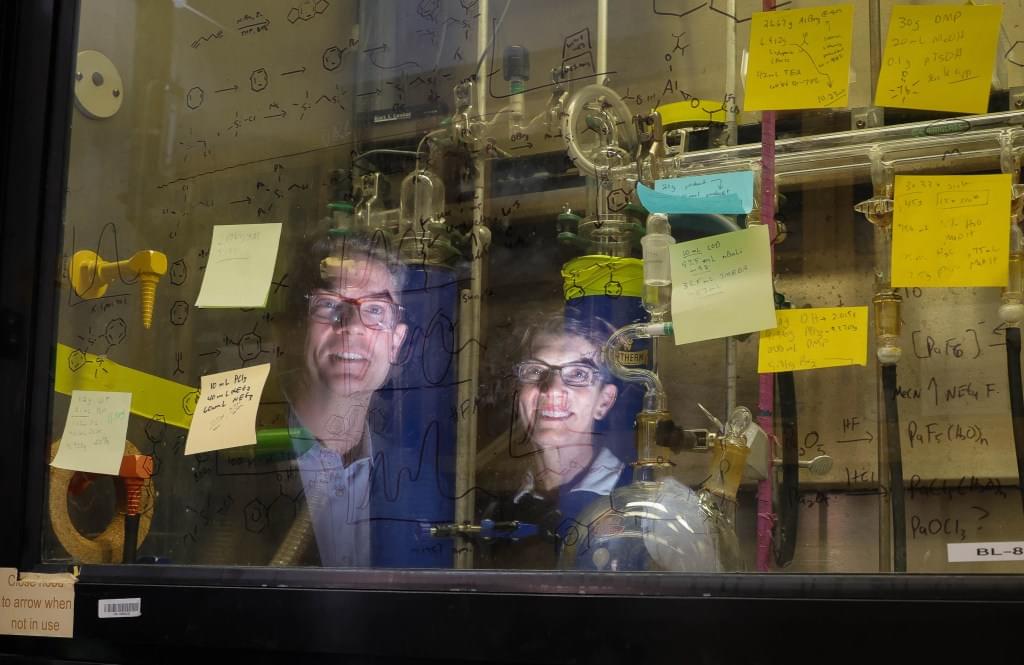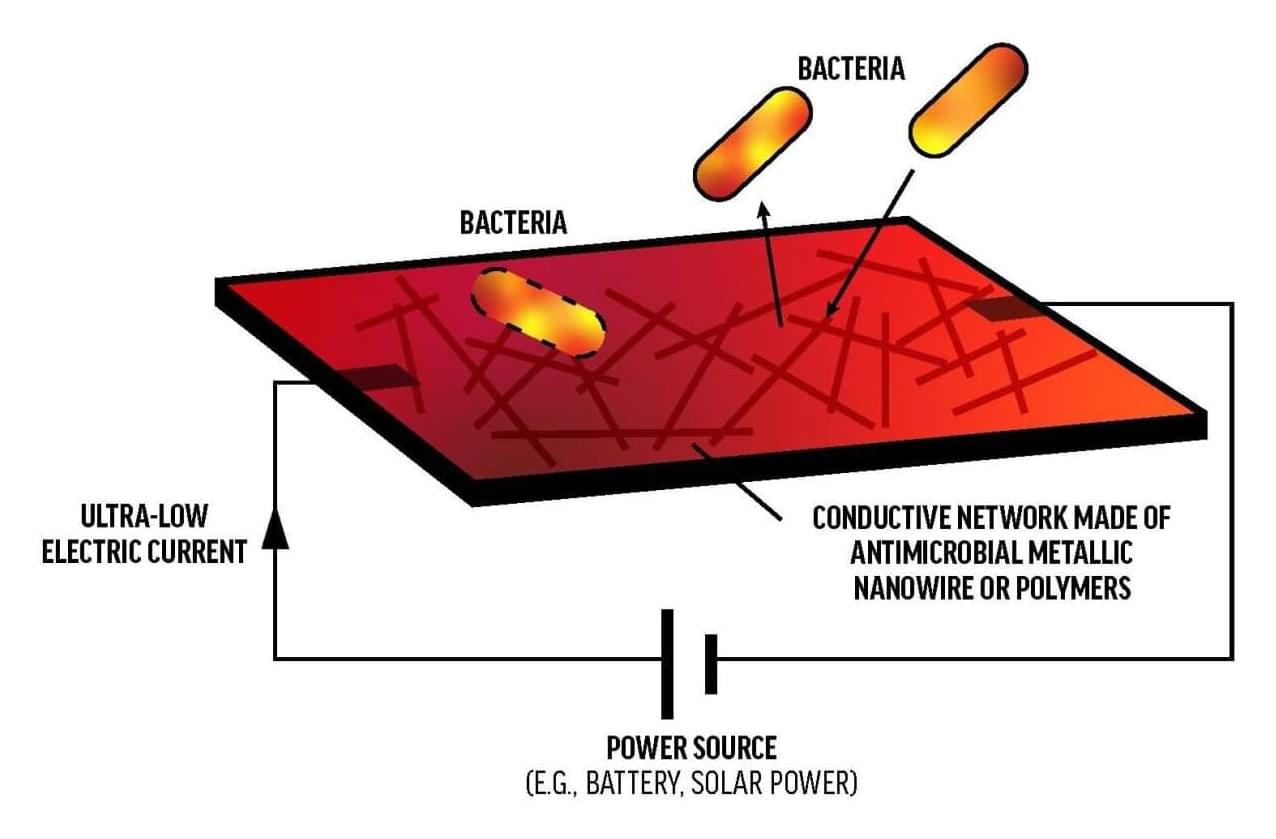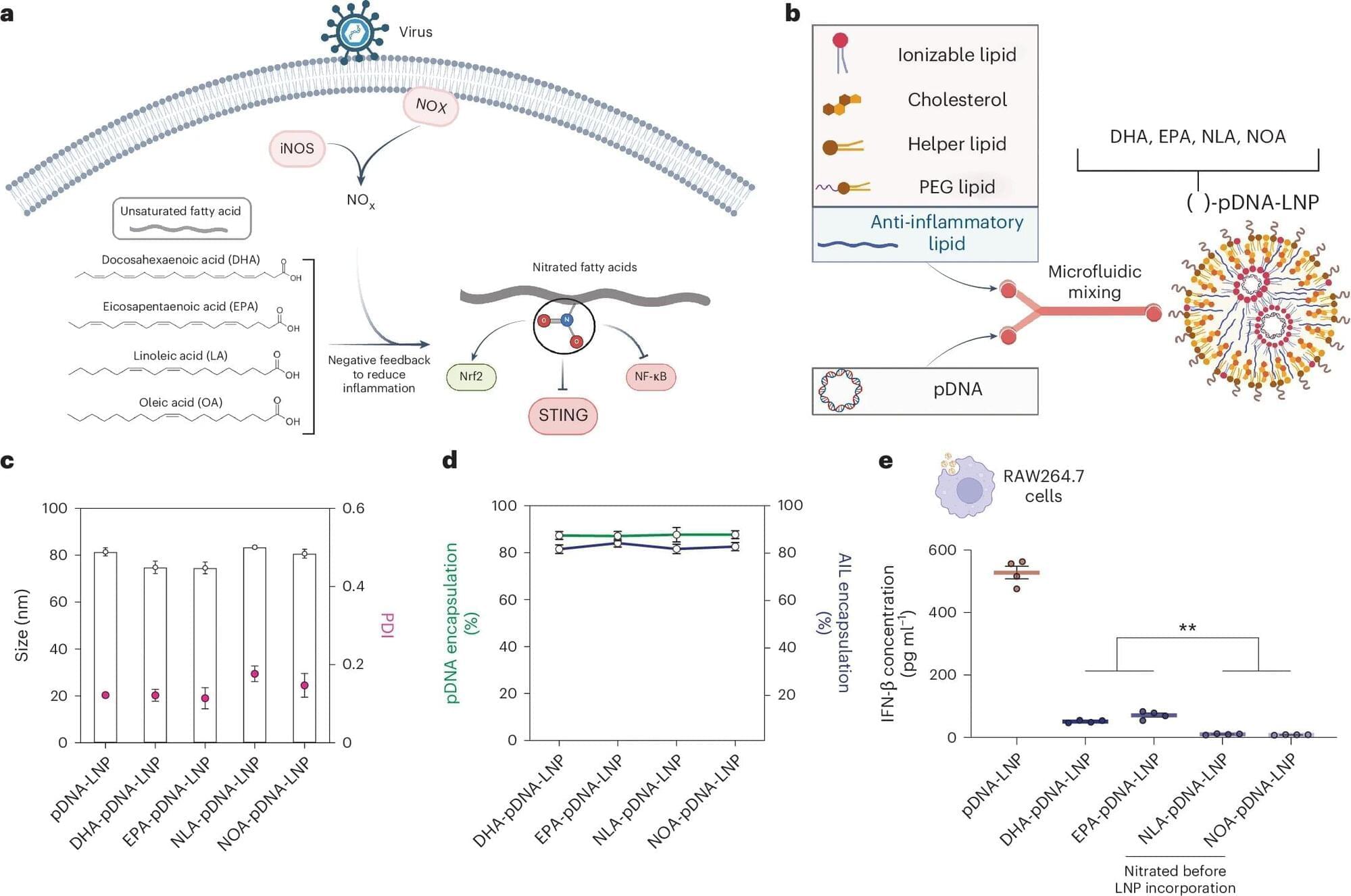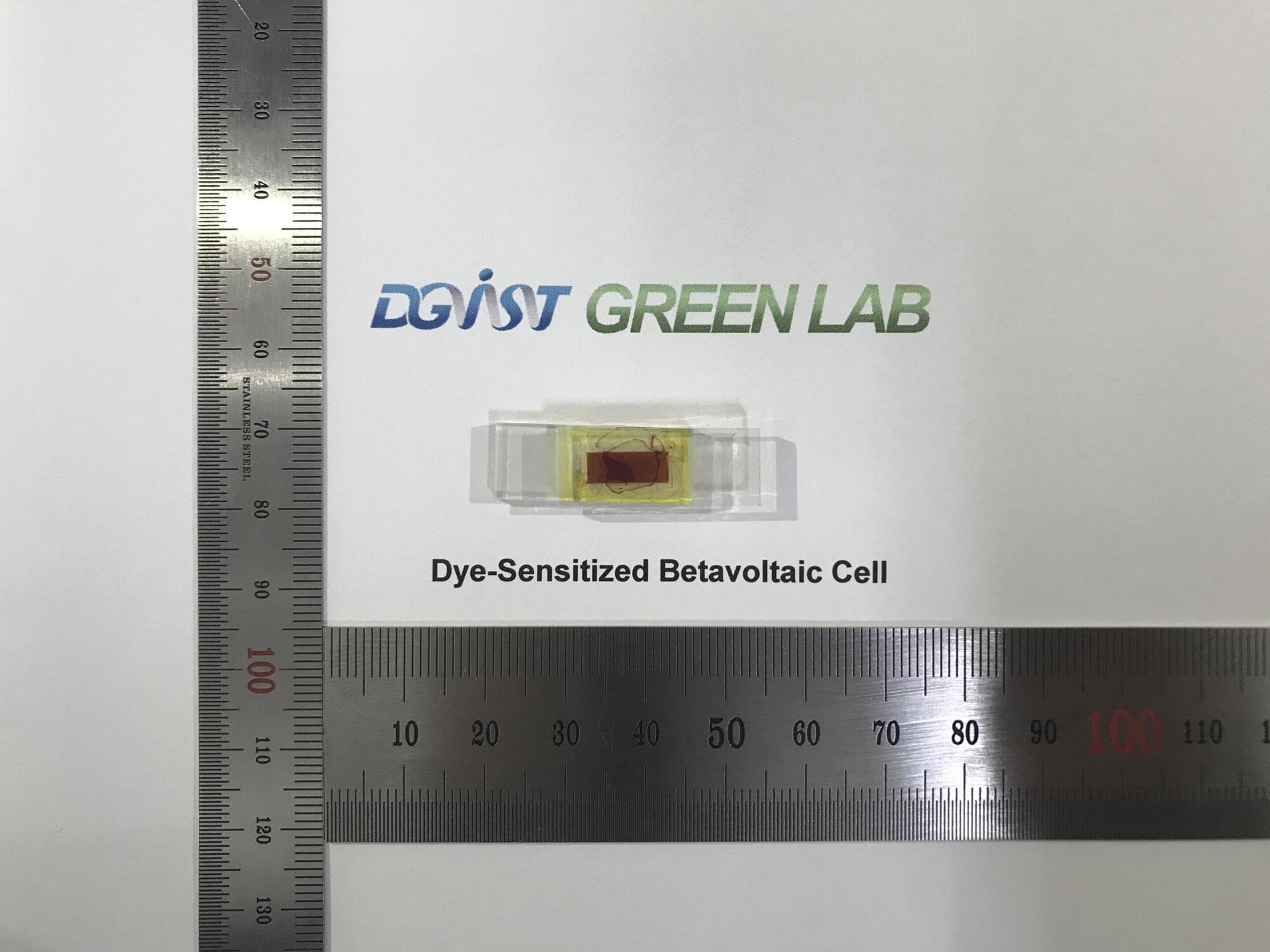From mice performing first aid to birds using antioxidants, animals display remarkable self-medication behaviors that could inspire human medicine.





Metals like silver, gold and copper can kill bacteria and viruses. An electric current can also eliminate microorganisms. A team of U of A researchers combined the two approaches and created a new type of antimicrobial surface.
“It is a synergistic effect,” said physicist Yong Wang, one of the lead researchers on the project. “It’s not like 1+1=2. When we combine the two, it’s much more effective.”
In lab tests, the new technology, which uses thin nanowires of silver to carry a microampere electric current, eliminated all the E. coli bacteria on glass surfaces.


A breakthrough in safely delivering therapeutic DNA to cells could transform treatment for millions suffering from common chronic diseases like heart disease, diabetes, and cancer.
A new process that transports DNA into cells using tiny fat-based carriers called lipid nanoparticles (LNPs) developed by researchers at the Perelman School of Medicine at the University of Pennsylvania improved the process of turning on the DNA’s instructions in mice to make proteins inside cells, which is crucial in fighting disease. Signs also point to an improvement in reducing treatment risks, such as immune reactions, as compared to older DNA transfer techniques.
The team’s findings were recently published in Nature Biotechnology.

A pair of studies describing the findings also confirm the standard model of cosmology and offer compelling findings regarding the cosmological conundrum known as the Hubble Tension. The researchers also spotted light from several other sources, resulting in a virtual cosmic road map from the present to the beginning of time.
“We can see right back through cosmic history,” said Jo Dunkley, the Joseph Henry Professor of Physics and Astrophysical Sciences at Princeton University and the ACT analysis leader, in an announcement, “from our own Milky Way, out past distant galaxies hosting vast black holes, and huge galaxy clusters, all the way to that time of infancy.”
The new data from the ACT builds on several previous studies, including a time-traveling video from NASA’s James Webb Space Telescope, examining the early universe after the Big Bang when time reportedly moved five times slower than today. One study even proposed a second event called a “dark Big Bang” to explain lingering cosmic mysteries.


Researchers say they are finally unraveling the effects of ultrafast lasers that can change material states in attoseconds —one-billionth of one-billionth of a second—the time required to complete one light wave’s optical cycle.
The new Israeli research opens up new avenues for scientists to observe light closely in laboratory settings. Under these conditions, a wave crosses a hydrogen atom in a single attosecond, compared to the time required for light to move from Earth to the Moon.
Beyond its immediate use, the development may drive future speed advancements in communications and computing by increasing researchers’ understanding of high-speed quantum light and matter interactions.

Sometimes cell phones die sooner than expected or electric vehicles don’t have enough charge to reach their destination. The rechargeable lithium-ion (Li-ion) batteries in these and other devices typically last hours or days between charging. However, with repeated use, batteries degrade and need to be recharged more frequently.